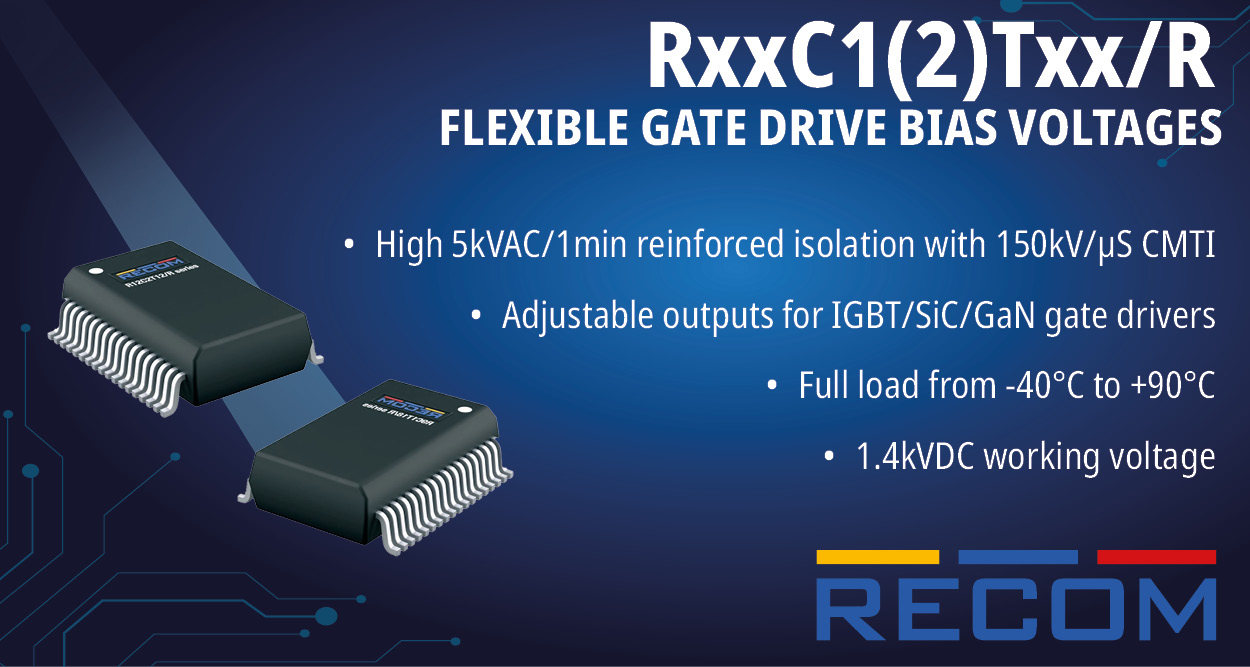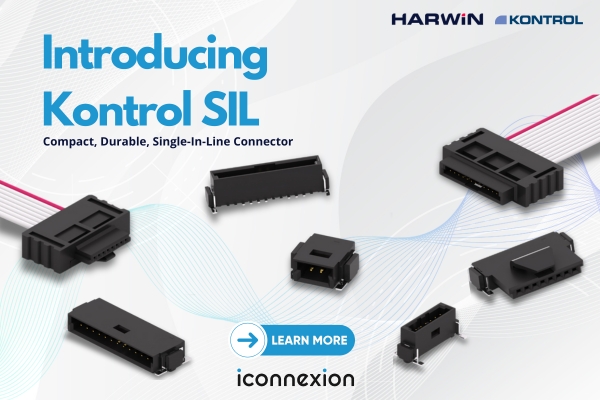The global utility scale PV inverter market size was estimated at USD 13.40 billion in 2024 and is expected to be worth around USD 25.46 billion by 2034, growing at a CAGR of 6.63% from 2025 to 2034
As the world accelerates toward a renewable future, utility-scale solar power plants are becoming critical pillars of national energy strategies. At the center of these expansive installations is an often underappreciated, yet essential technology the utility scale photovoltaic (PV) inverter. More than a device that converts direct current (DC) to alternating current (AC), the modern utility-scale inverter is a sophisticated system enabling grid reliability, efficiency, and flexibility.
This pivotal market is undergoing a rapid transformation, driven by technological innovation, regulatory evolution, and the relentless pursuit of cost-effective, clean energy generation.
Market Landscape: Scaling Solar Ambitions Globally
The utility scale PV inverter market is on a trajectory of significant growth. Governments across continents are boosting investment in solar infrastructure, reinforcing decarbonization goals with mandates and financial incentives. The plummeting cost of solar panels and advancements in system design have also made large-scale solar farms increasingly attractive.
Asia-Pacific, led by China and India, continues to dominate in deployment volumes, while North America and Europe spearhead advancements in energy management and grid integration. Emerging economies in Africa, South America, and Southeast Asia are following suit, leveraging solar inverters to leapfrog into clean energy ecosystems.
Leading manufacturers are introducing advanced inverters designed for utility-scale projects with enhanced power density, smarter thermal management, and built-in communication protocols. Industry giants and agile innovators alike are shaping a competitive landscape fueled by innovation, scale, and regional adaptation.
Evolving Technology: Beyond Power Conversion
Today’s utility scale PV inverters go far beyond simple current conversion. They are intelligent control systems capable of managing grid interactions, offering reactive power support, voltage regulation, and fault ride-through capabilities. These features are now vital as more intermittent renewables are integrated into aging grid infrastructures.
Traditional central inverters still dominate very large-scale installations due to their cost advantages, especially in uniform terrain. However, modular string inverters are gaining popularity for their ease of maintenance, flexibility, and fault tolerance. Their adoption is increasing in projects that involve complex site conditions or decentralized architectures.
Another emerging segment is hybrid inverters, which seamlessly integrate energy storage systems with solar inputs. These models are particularly useful in markets with variable tariffs or where grid stability is a concern. As solar-plus-storage systems gain traction, hybrid inverters are expected to become central to future-ready installations.
Competitive Dynamics: Global and Regional Champions
The utility scale inverter market is fiercely competitive. Leading global firms are focused on delivering smart inverters with features like remote monitoring, adaptive algorithms, and AI-driven performance optimization. Chinese manufacturers, leveraging their cost efficiency and manufacturing scale, continue to increase their global footprint. Meanwhile, European companies are carving a niche with grid-forming technologies and compliance with stringent safety and quality standards.
Regional manufacturers in Latin America and the Middle East are emerging, catering to local grid codes and offering customization suited to specific environmental challenges like extreme heat or dust-prone areas. The rise of niche players has made the supply chain more resilient and diversified, with specialized solutions for various climates and regulatory conditions.
Utility Scale PV Inverter Market Top Companies
- Canadian Solar
- Delta Electronics
- Eaton
- Fimer Group
- GoodWe
- GE Vernova
- Huawei Technologies
- Sungrow Power Supply
- Sofar Solar
- Solis Inverters
- Solplanet
- Sineng Electric
- SolarEdge Technologies
Digital Intelligence and Grid Integration
With the digitalization of energy infrastructure, inverters are now pivotal data nodes within a utility-scale solar system. They collect, analyze, and communicate real-time performance metrics, enabling predictive maintenance and performance benchmarking. This digital intelligence enhances operational uptime and reduces total cost of ownership.
Inverters also play a crucial role in modern grid services. With built-in communication capabilities, they support advanced grid functionalities like frequency regulation and demand response. As decentralized grids and smart utility networks expand, the inverter’s role in facilitating real-time energy orchestration is becoming indispensable.
At the same time, the rise of connected inverters introduces cybersecurity challenges. To mitigate risks, manufacturers are embedding secure communication standards, encrypted protocols, and firmware authentication to protect energy assets from digital threats.
Policy Influence and Regulatory Standards
The global utility scale PV inverter market is deeply influenced by regulatory mandates. Governments and grid operators are tightening standards to ensure safe, stable, and efficient energy integration. Compliance with interconnection codes, frequency response capabilities, and anti-islanding protections are now prerequisites in most regions.
Leading markets are promoting innovation through supportive policies, including tax credits, performance-based incentives, and R&D grants. Conversely, delays in policy alignment or bureaucratic approvals can stall project timelines and raise costs. Thus, market players must maintain agile compliance strategies to adapt to shifting regulatory environments.
Certifications, including international benchmarks and country-specific grid codes, play a decisive role in technology acceptance and project bankability. As inverter complexity increases, regulatory harmonization and clarity are becoming critical to sustaining market momentum.
Looking Ahead: Inverters as Orchestrators of Energy Futures
As the global energy narrative shifts from centralization to decentralization, from fossil-fueled reliability to renewable variability, the utility scale PV inverter stands as a key enabler of energy resilience. Its role is no longer confined to power conversion. It is now an orchestrator of grid stability, a guardian of system security, and a driver of intelligent energy use.
The future will see inverters embedded with even more intelligence harnessing artificial intelligence, cloud analytics, and blockchain-led energy trading platforms. With increasing complexity and growing expectations, inverters will continue to evolve from devices to digital partners in our journey to a decarbonized world.
In this dynamic landscape, staying ahead requires not only embracing technological innovation but also aligning with policy, adapting to regional nuances, and building trust across the value chain. The utility scale PV inverter market is no longer a niche segment it is a strategic battlefield shaping the future of global power systems.
Source: https://www.precedenceresearch.com/utility-scale-pv-inverter-market
















